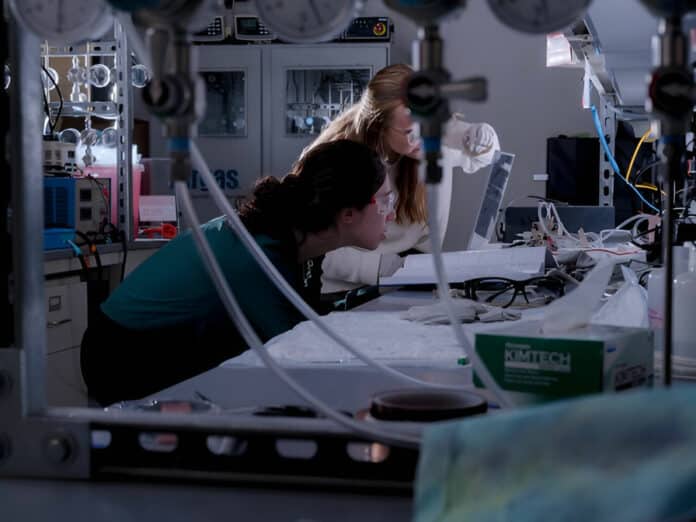
By Ashwini Sakharkar 20 Jul, 2024
Collected at: https://www.techexplorist.com/electrified-membranes-nitrate-removal-drinking-water/86306/
Nitrate contamination in water has been a long-standing threat to the environment and public health. A team of researchers at Yale University has recently developed a highly efficient method to address this issue.
Lea Winter, an assistant professor of chemical & environmental engineering, has proposed the use of electrified membranes containing carbon nanotubes for the removal of nitrates from drinking water.
Winter emphasized the significance of this approach by highlighting the limited existing methods for nitrate removal, which typically involve separation or destruction processes.
“If you’re just separating the nitrate, then you end up with a concentrated waste stream that inevitably goes back to the environment and back into the drinking water,” she said. “So it’s much better if you can destroy it.”
The traditional methods of nitrate destruction rely on biological denitrification, commonly used in wastewater treatment plants. However, these processes are sensitive and can easily be disrupted by minor fluctuations in pH balance, cell content, or temperature, leading to a slow degradation process.
To overcome these limitations, scientists have developed electrocatalytic processes, offering faster and more efficient nitrate destruction without generating concentrated waste streams.
Although these advanced technologies provide better control over the process, they are not without drawbacks. Classical electrochemical processes utilize two-dimensional flat plate electrodes.
“You just can’t get nitrate from your solution to your electrodes fast enough to be able to efficiently react the nitrate at that electrode surface,” she said.
Winter’s lab has effectively addressed this challenge by utilizing electrified membranes composed of carbon nanotubes and a binding polymer.
In traditional two-dimensional systems, the boundary layer closest to the electrode surface is about 100 micrometers. This sizable boundary layer can restrict reactions due to slower fluid flow and nitrate transport compared to the reaction rate. Winter’s lab has developed membranes with pore sizes of about 50 nanometers, approximately 2,000 times smaller. This significantly reduces the “slow” space through which nitrate must travel before reaching the electrode surface and undergoing reaction.
“So in this configuration, we’re able to overcome these diffusion limitations, and we start to see some pretty interesting properties.”
Winter’s innovative membranes achieve high nitrate conversion rates without the use of metals, thanks to their unique carbon nanotube catalysts. These membranes effectively overcome diffusion limitations, delivering nitrate conversion comparable to traditional metal catalysts. One standout advantage of this technique is its significantly reduced nitrate destruction time compared to conventional electrochemical processes.
“Looking at conventional electrochemical processes, it usually takes on the order of hours if you want to get 80% or 90% removal of that nitrate,” she said. “You need to give it a long time to react because it takes so long to get all that nitrate to your surfaces. In our systems, we get a similar conversion of around 80% in 15 seconds through our reactor. We’re going from the order of hours down to 15 seconds.”
Winter’s research team conducted a real-world test of the technology by collecting water from Lake Wintergreen, located near the Yale campus, and introducing a small quantity of nitrate.
“It’s actually much easier to convert higher concentrations, so we specifically wanted to see if this is going to work on lower concentrations that are representative of what you see in real contaminated waters,” she said. “We took that concentration, and then we were able to remove the nitrate to below the EPA standard for drinking water.”
Journal reference:
- Yingzheng Fan, Xiaoxiong Wang, Claire Butler, Amma Kankam, Abdessamad Belgada, Julia Simon, Yuanzuo Gao, Eric Chen & Lea R. Winter. Highly efficient metal-free nitrate reduction enabled by electrified membrane filtration. Nature Water, 2024; DOI: 10.1038/s44221-024-00278-7

Leave a Reply